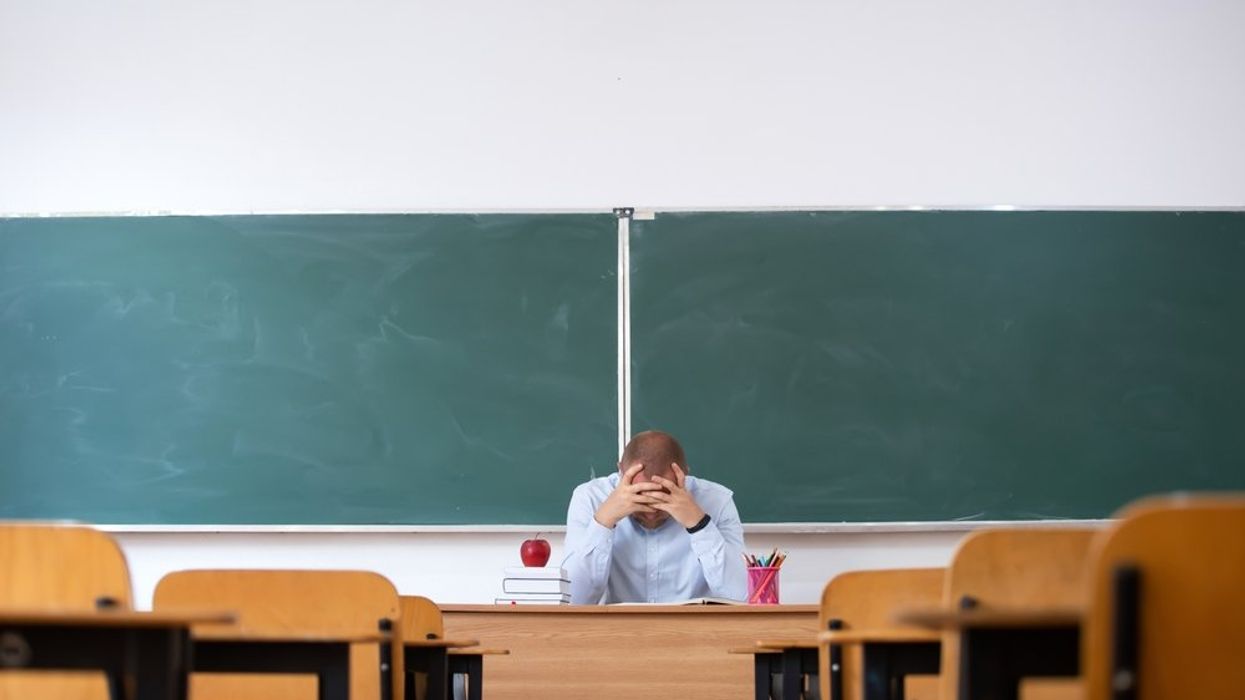Three years after the start of the pandemic, public schools across the US are still suffering from a severe lack of strong, qualified teachers.
Not only are teachers exiting the profession in droves, but less college students are preparing to enter the profession, leaving many school districts desperate to hire anyone at all.
Though staffing shortages in schools existed before, the COVID-19 pandemic seems to have exacerbated them. In 2022, The National Center for Education Statistics reported that 42 percent of all principals said that shortages became more pressing during that school year.
Schools in high-poverty neighborhoods tend to suffer the worst — NCES found that 57 percent had at least one vacancy. Additionally, 60 percent of schools with a high population of minority students had at least one teaching vacancy. And the US Department of Education reported the most significant demand in special education, bilingual education, and STEM subjects.
In states like Florida, public schools have become an ideological battleground, with politicians using teachers as pawns. Combined with low pay, the barrage of "anti-woke" legislation pushed by Gov. Ron DeSantis has driven Florida teachers to leave their jobs at record numbers.
"This is the worst teacher and staff shortage we've ever seen in the state of Florida," FEA president Andrew Spar told Newsweek. In January, Florida had 5,294 teacher vacancies, which was the most of any state in the U.S.
But states with Democratic governors aren't safe from staffing shortages, either. In 2022, New York State estimated that 180,000 new teachers would be needed to address anticipated shortages. At a time when the number of college graduates going into teaching is decreasing, it seems that new additions to the workforce are hard to come by.
“It’s a lack of respect that the position seems to have right now,” Phoenix science teacher Trina Berg told NBC News. Like many of her colleagues, Berg attributed the lack of interest in teaching to attacks by political groups. With staffing shortages, she said, classes get larger, exacerbating burn out for remaining teachers.
The Department of Education encouraged states to invest in apprenticeship programs for teaching, to increase collaboration across the workforce, and to ensure that teachers are paid livable wages — for the benefit of all students.

















































